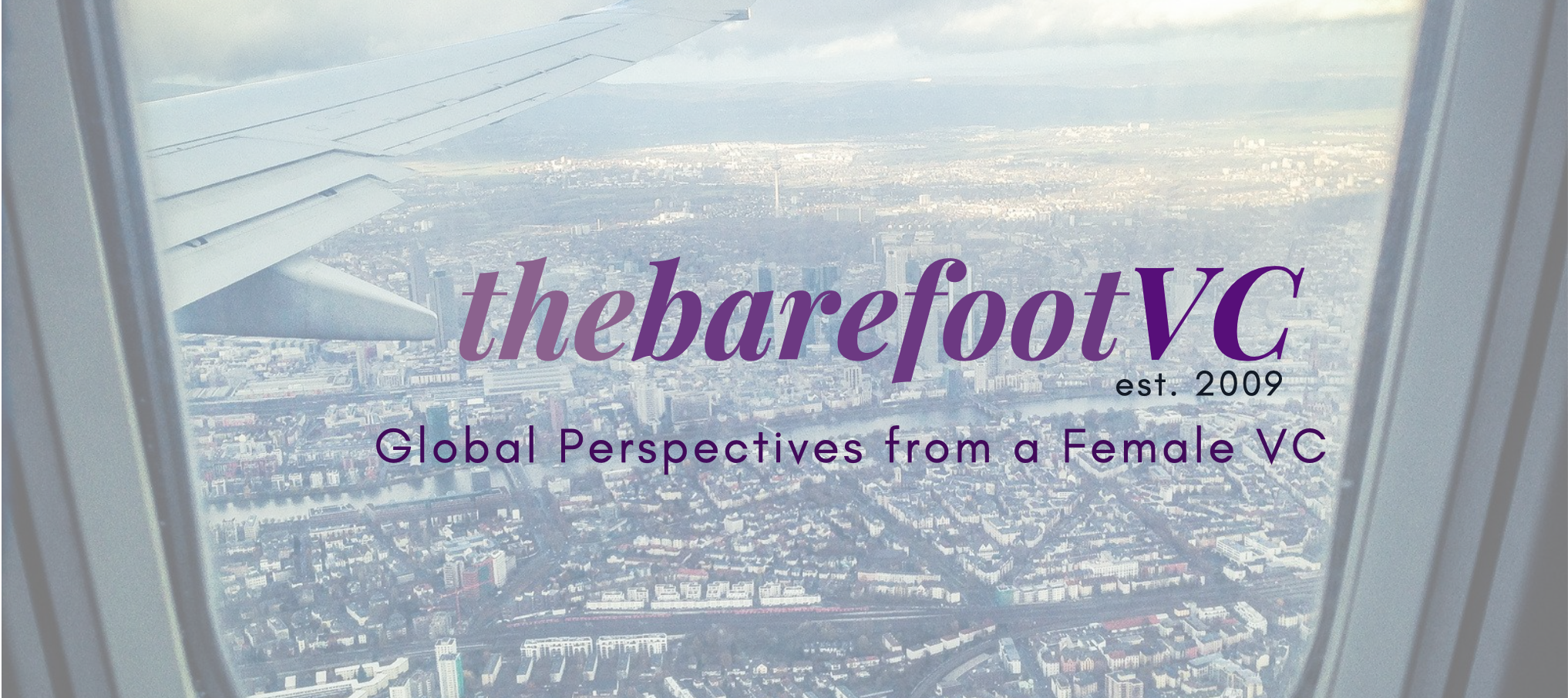Customer Service…RIP?
July 9, 2014

I just completed my annual New Year’s purge of apps on my iPhone. I test countless apps and services as market research as I evaluate new investments. Just 5 years ago, overall smart phone penetration and user “education” was a hinderance for startups looking to capitalize on this new medium. Now with the plethora of new shiny things, user ADHD and plentiful PR opportunities resulting in lots of one-hit wonders, the challenge has shifted to “stickiness” – how many of those initial downloads will lead to engaged users who will spend significant time on a regular basis with the product or service?
For me it’s about utility and user experience. And a key component of user experience is customer service. You will lose my mindshare (and attractive user demographic) if I spend more time trying to figure out how to use your product than time I am saving by using your product. Worse (and my experience of late) is when I end up “net time negative” from trying to rectify an issue that your application created – either person-made or technology induced.
I find it ironic that in this age of 24/7 when anything can be delivered or serviced by a network of smart-phone connected individuals (e.g., Postmates, Fancyhands, Wunwun, Uber) that I keep seeing a net decline in customer service. As an investor I understand the competing priorities of turning cash flow positive and creating efficiencies out of technology – and I understand the tradeoff consumers are now making by the “appearance” of convenience in exchange for decreased customer service. But there should be something to be said for economies of scale and meeting customers’ needs more efficiently as a company grows – spurred by the data is being created by the CUSTOMERS a company is created to SERVE. Unfortunately I often see the opposite: customer service at a premium when a company launches (I don’t need another email from the CEO welcoming me with their own cell phone number), pulling a bait and switch as the company grows and realizes that they may have created an unsustainable customer service experience. Sometimes I wonder if it has to do with the different norms based on generational experience: as a Gen X’er I didn’t grow up in the golden age of airline travel when economy class was equivalent to today’s 1st class. But I do remember actually calling a customer service number and having a friendly (human) voice without a hold time helping me with my questions. Gen Y has grown up in tough economic times, especially in the US, when cost-cutting and outsourcing has become the norm – when the bottom line has become more important than employees or customer experience. I wonder what will happen when they grow up and start to have families, more responsibility, health concerns and more limited time. I know that very few friends my age or older (who are not in the tech industry) have the patience to fiddle with a new service that ends up costing them their most precious commodity of time – most of them have not adopted applications that those in the tech sector are tweeting about on a regular basis. Perhaps this is also why I see much greater utility in apps created in the emerging markets – when survival is at stake, bells and whistles don’t matter as much as usefulness.
I’d argue that we have an opportunity to create better user experiences and even better customer service as a result of technology and connectivity, and there are certainly examples of companies that are doing this. So much of our lives has become short term focused and about instant gratification – but at the end of the day the companies that respond most to customer needs and desired experiences (not the ones focusing solely on using technology for their own efficiencies NOR the ones sacrificing long term sustainability by creating untenable user expectations) are the ones that will prevail and create the most lasting value. I learned early in my investment career that just because technology can make something possible doesn’t mean that it should happen – more importantly, people are slow to change behavior and we as investors and creators should respect that process. Balancing new concepts and interactions with current user behavior is what Apple got so right with the iPhone and iPad. That didn’t happen overnight.
